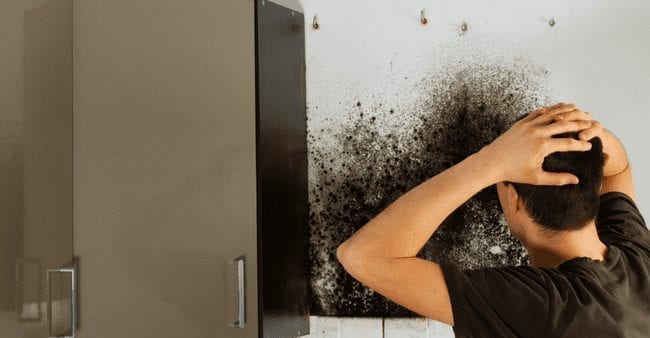6 Ways to Discover Concealed Water Leakages in Your Residence
6 Ways to Discover Concealed Water Leakages in Your Residence
Blog Article
Everyone maintains their private thinking on the subject of Detecting hidden plumbing leaks.

Early discovery of dripping water lines can reduce a possible disaster. Some tiny water leaks might not be noticeable.
1. Check Out the Water Meter
Examining it is a surefire method that helps you discover leaks. If it moves, that indicates a fast-moving leak. This implies you may have a sluggish leak that can even be below ground.
2. Inspect Water Intake
Analyze your water expenses as well as track your water consumption. As the one paying it, you must notice if there are any kind of inconsistencies. If you find sudden changes, in spite of your consumption being the same, it indicates that you have leakages in your plumbing system. Remember, your water expense must drop under the same array on a monthly basis. An unexpected spike in your expense shows a fast-moving leakage.
A consistent boost every month, even with the exact same routines, reveals you have a slow leakage that's also slowly intensifying. Call a plumber to completely examine your residential property, specifically if you really feel a warm location on your flooring with piping below.
3. Do a Food Coloring Examination
When it comes to water consumption, 30% comes from bathrooms. If the color somehow infiltrates your bowl during that time without flushing, there's a leak between the storage tank as well as bowl.
4. Asses Exterior Lines
Don't neglect to examine your exterior water lines as well. Test spigots by attaching a yard pipe. Must water leak out of the connection, you have a loosened rubber gasket. Replace this and ensure all links are limited. It will help obtain it properly checked out and maintained yearly if you've obtained a lawn sprinkler system. One small leak can waste tons of water and spike your water costs.
5. Evaluate the scenario as well as inspect
Home owners ought to make it a habit to inspect under the sink counters as well as also inside cupboards for any kind of bad odor or mold growth. These 2 warnings indicate a leak so timely focus is required. Doing routine assessments, also bi-annually, can save you from a major problem.
Much more significantly, if you understand your house is currently old, keep a watchful eye on your heating units, hose pipes, pipes etc. Look for stainings and compromising as most devices as well as pipelines have a life expectancy. They will certainly likewise normally degrade due to damage. If you think dripping water lines in your plumbing system, don't wait on it to escalate. Call an expert plumber immediately so you do not wind up with a dreadful mess in your home.
Early detection of leaking water lines can minimize a possible calamity. Some small water leaks may not be noticeable. Inspecting it is a guaranteed way that aids you discover leakages. One tiny leakage can lose lots of water and increase your water expense.
If you believe leaking water lines in your plumbing system, do not wait for it to intensify.
WARNING SIGNS OF WATER LEAKAGE BEHIND THE WALL
PERSISTENT MUSTY ODORS
As water slowly drips from a leaky pipe inside the wall, flooring and sheetrock stay damp and develop an odor similar to wet cardboard. It generates a musty smell that can help you find hidden leaks.
MOLD IN UNUSUAL AREAS
Mold usually grows in wet areas like kitchens, baths and laundry rooms. If you spot the stuff on walls or baseboards in other rooms of the house, it’s a good indicator of undetected water leaks.
STAINS THAT GROW
When mold thrives around a leaky pipe, it sometimes takes hold on the inside surface of the affected wall. A growing stain on otherwise clean sheetrock is often your sign of a hidden plumbing problem.
PEELING OR BUBBLING WALLPAPER / PAINT
This clue is easy to miss in rooms that don’t get much use. When you see wallpaper separating along seams or paint bubbling or flaking off the wall, blame sheetrock that stays wet because of an undetected leak.
BUCKLED CEILINGS AND STAINED FLOORS
If ceilings or floors in bathrooms, kitchens or laundry areas develop structural problems, don’t rule out constant damp inside the walls. Wet sheetrock can affect adjacent framing, flooring and ceilings.
https://www.servicemasterbyzaba.com/blog/how-to-detect-water-leakage-in-walls/

Hopefully you enjoyed reading our post on Locating water leaks. Thank you for finding the time to browse our content. Are you aware of someone else who is truly interested in the subject? Please feel free to share it. We thank you for reading our article about Finding hidden leaks.
Report this page